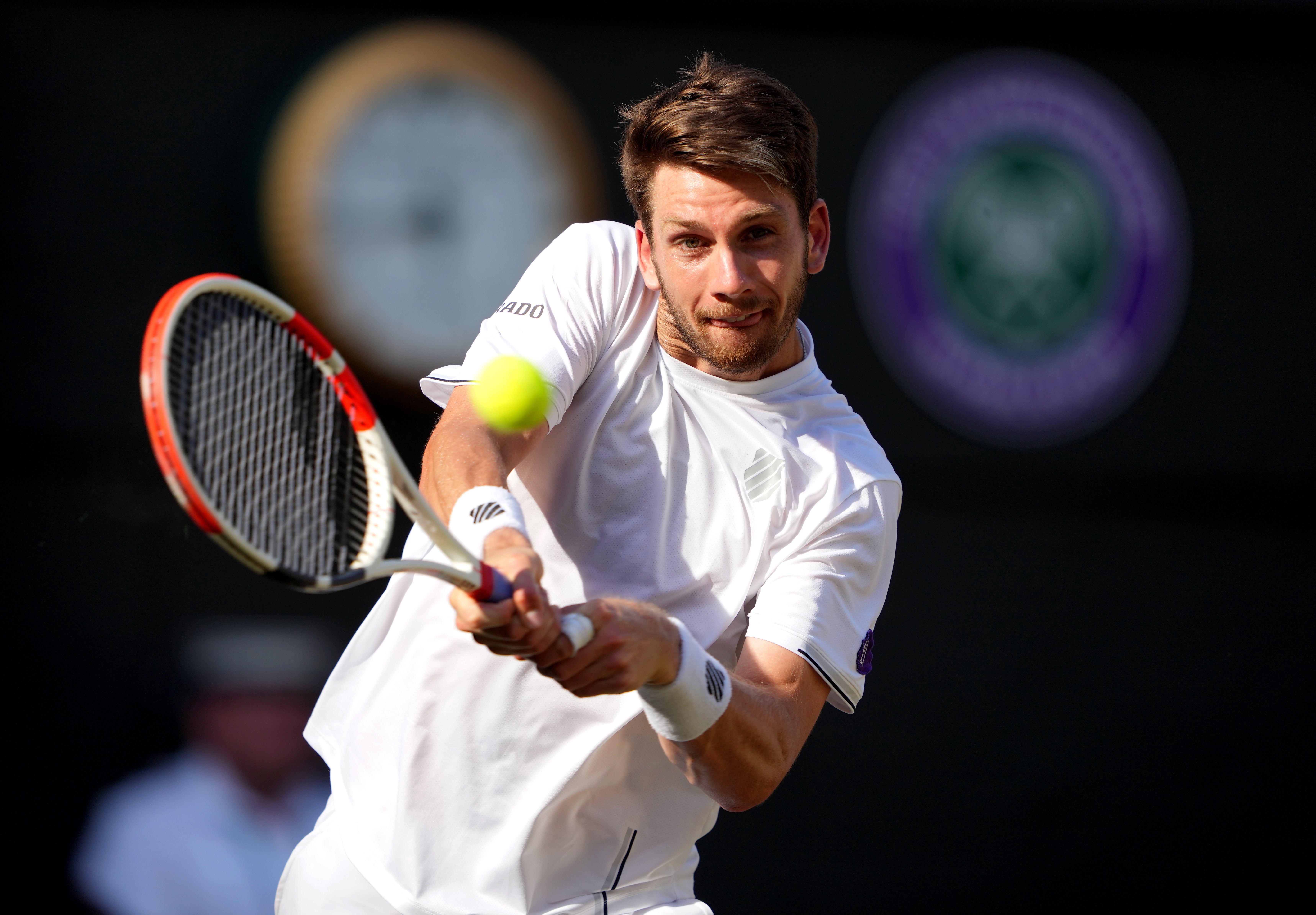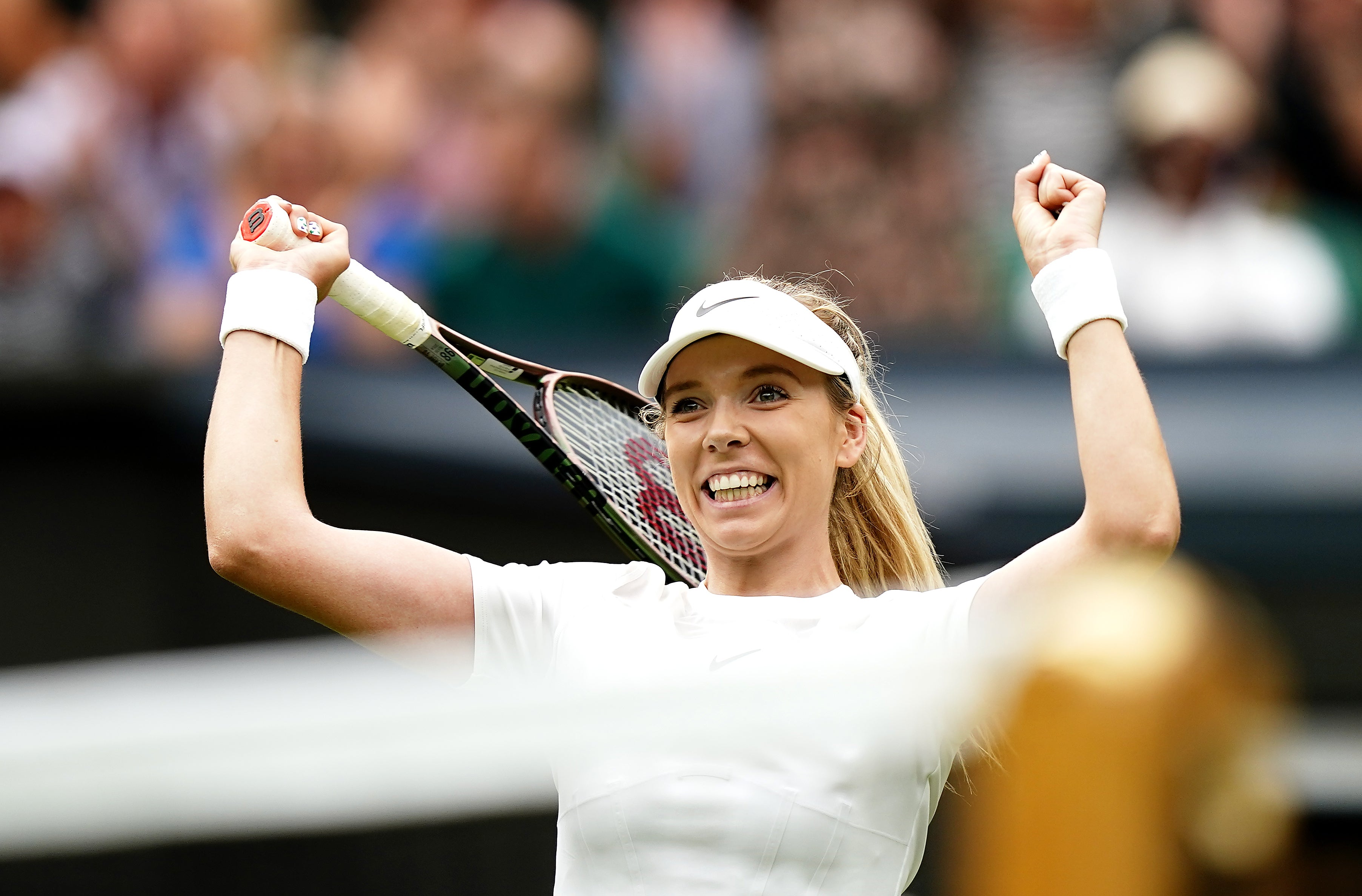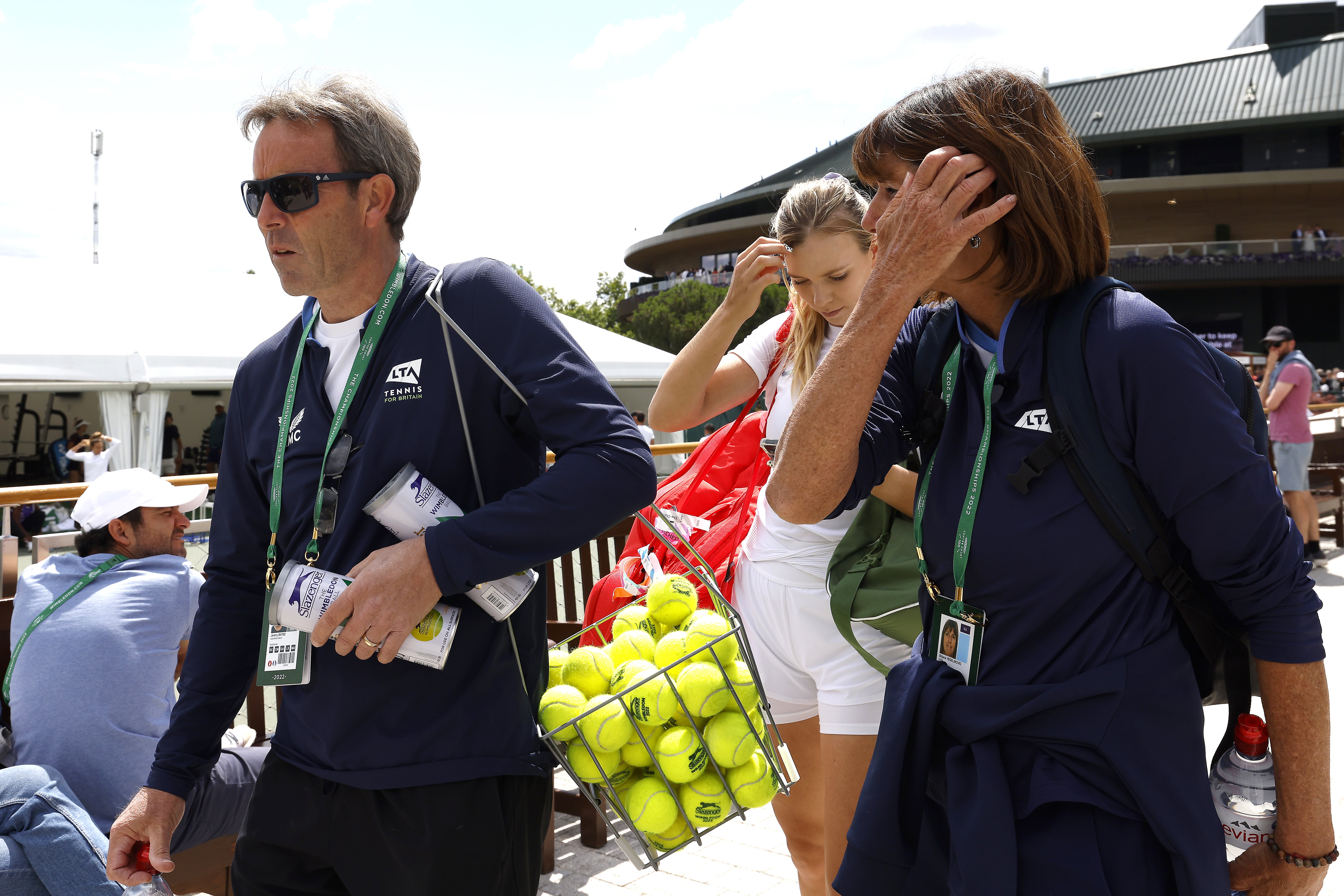Wimbledon provides encouragement for future of British tennis
Cameron Norrie’s run to the semi-finals was not the only British success story of the fortnight

Andy Murray and Emma Raducanu have set the bar sky high for what constitutes success in British tennis these days but, in terms of encouragement for the present and the future, this Wimbledon takes some beating.
Cameron Norrie was the headline grabber with his run to the semi-finals, marking another big step forward in his rise to the top of the game and putting him firmly in the national spotlight.
The unflappable 26-year-old dealt brilliantly with the expectations on his shoulders and, with his tremendous work ethic and steady rise, is an ideal role model for other British players looking to follow in his wake.
The supporting cast also gave strong performances, though, starting from the first round, when 10 of the 17 players made it through, the best figure since 1984.
Yes, the draws were unusually kind but even the players who did not win mostly played above themselves – think Paul Jubb pushing eventual finalist Nick Kyrgios all the way and Yuriko Miyazaki almost beating Caroline Garcia – and this was certainly proof the strength in depth that has been so sorely lacking for decades is finally beginning to emerge.
After Murray and Raducanu went out in the second round, there were still four players left, with Norrie, Heather Watson, Katie Boulter and Liam Broady all managing their best Wimbledons.
Boulter’s victory over last year’s runner-up Karolina Pliskova and Broady’s five-set success against Diego Schwartzman take the honours for the standout individual performances from British singles players.

Most importantly, Wimbledon was not an isolated tournament but a reflection of a very successful grass-court campaign overall, which built on progress at virtually all levels.
Britain can boast 19 players in the top 200 of the men’s and women’s games, which, while still arguably an under return on the huge investment, is a big improvement.
There are several reasons to point to for an explanation as to what is going right.
There is no doubt Murray and Raducanu have given their compatriots a greater belief in what British players can achieve, while the Scot has been a true supporter of other home players, be it watching low-level matches on internet streams or hitting with juniors at Wimbledon.
The most exciting thing now is that we have this plethora of talent coming through.
There is a collegiate atmosphere now among players that has certainly not always been the case, with many of them citing the Battle of the Brits events put on when the tour shut down because of Covid as key to fostering friendships.
Broady said of the Lawn Tennis Association: “I feel like people are very slow to give them credit and stuff. Things have changed in the last four, five years. The culture there has changed for me.
“The brilliant thing, which maybe I didn’t really experience when I was 18 or 19, is the younger guys get to play with everyone. I think a huge part of it is acclimatising to the level of professional tennis. They’re doing a brilliant job of it.
“The most exciting thing now is that we have this plethora of talent coming through. All these young guys are driving each other on. We’re getting more upsets over the grass than I’ve experienced in my time within British tennis. I think it’s very exciting.”

Jeremy Bates, who coaches Boulter and also acts as national women’s coach, feels the Pro Scholarship Programme, which offers all-round support to the most promising players aged 16 to 24, has made a big difference.
He said: “There’s a greater degree of professionalism covering more and more bases. And, when some players start to do well, you obviously get a knock-on effect.
“It’s an extreme example but, when (Bjorn) Borg came along, you had 50 Swedish players all of a sudden. We’re not quite at that point but Andy’s done phenomenally well and Emma’s done very well, Harriet (Dart) has moved in the top 100, then Jodie (Burrage) has played very, very well and Katie’s played very well on grass the last month, her results have been exceptional.
“The spirit among the girls themselves is exceptional as well. There’s that team element of it because everyone’s used to being around each other on a day-to-day basis.”
One tournament certainly does not define a successful tennis nation, and there is a lot of work still to be done.
Raducanu remains the only British woman in the top 90 while there are only four boys and girls in the top 100 in the world junior rankings.
For once, though, the post-Wimbledon inquest is about what went right rather than what went wrong, and with the promise that the next years may be even better.
Join our commenting forum
Join thought-provoking conversations, follow other Independent readers and see their replies
Comments
Bookmark popover
Removed from bookmarks